
How to Use Sigen Sensor SP-DH: Examples, Pinouts, and Specs
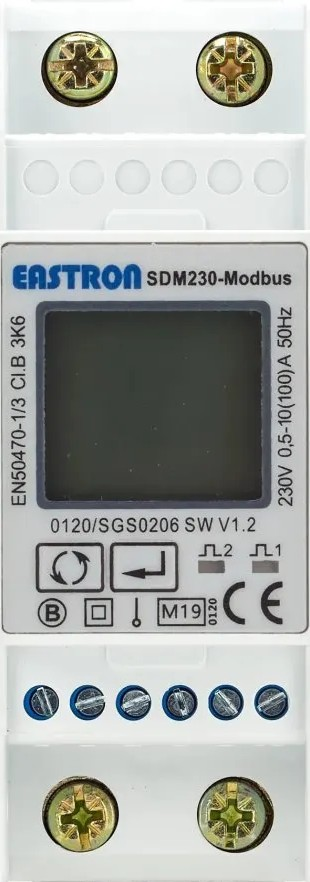
 Design with Sigen Sensor SP-DH in Cirkit Designer
Design with Sigen Sensor SP-DH in Cirkit DesignerIntroduction
The Sigen Sensor SP-DH is a digital humidity sensor manufactured by Eastron. This sensor is designed to measure and monitor humidity levels in various environments with high accuracy and reliability. It is commonly used in applications such as HVAC systems, weather stations, industrial automation, and home automation systems.
Explore Projects Built with Sigen Sensor SP-DH
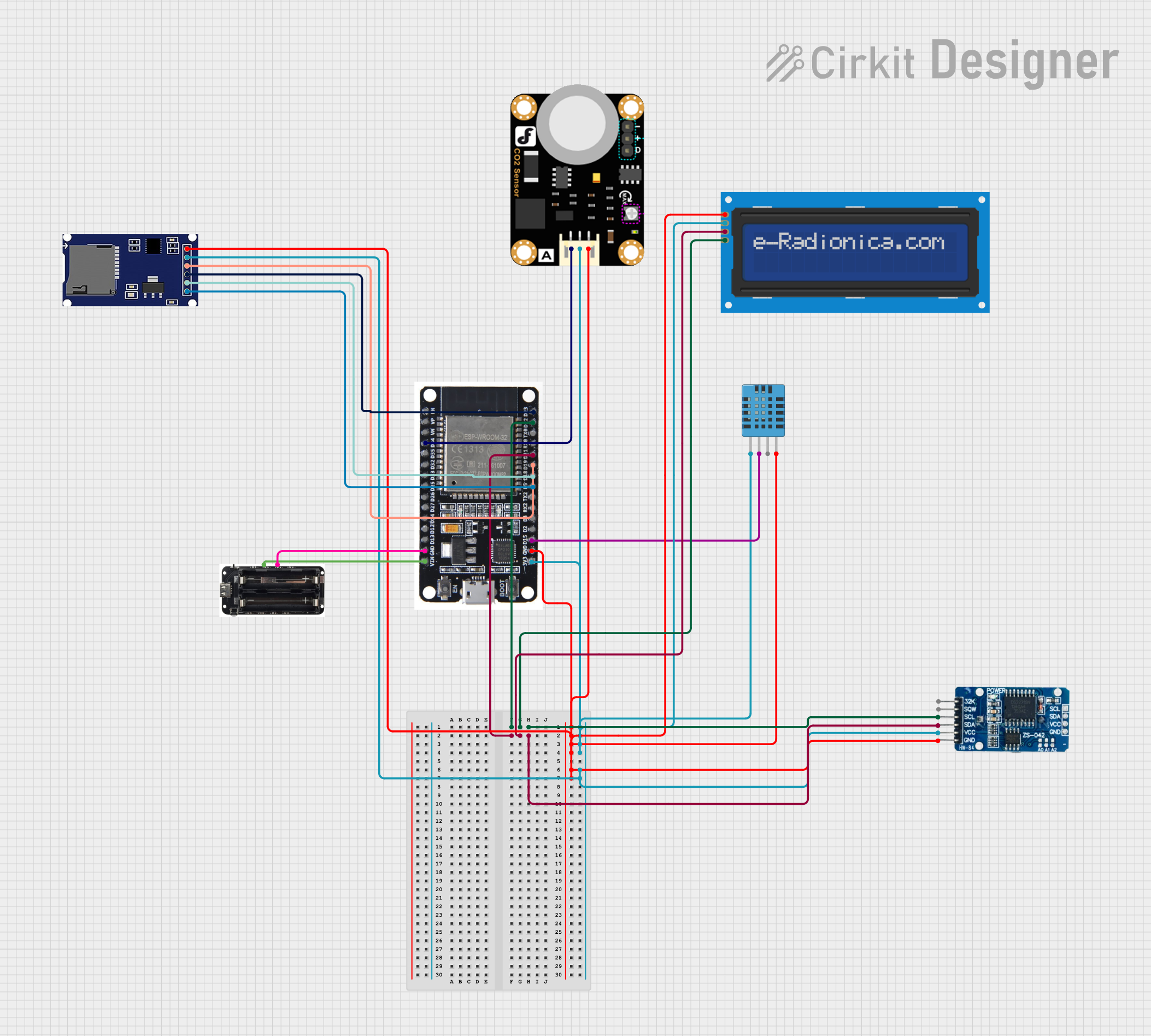
 Open Project in Cirkit Designer
Open Project in Cirkit Designer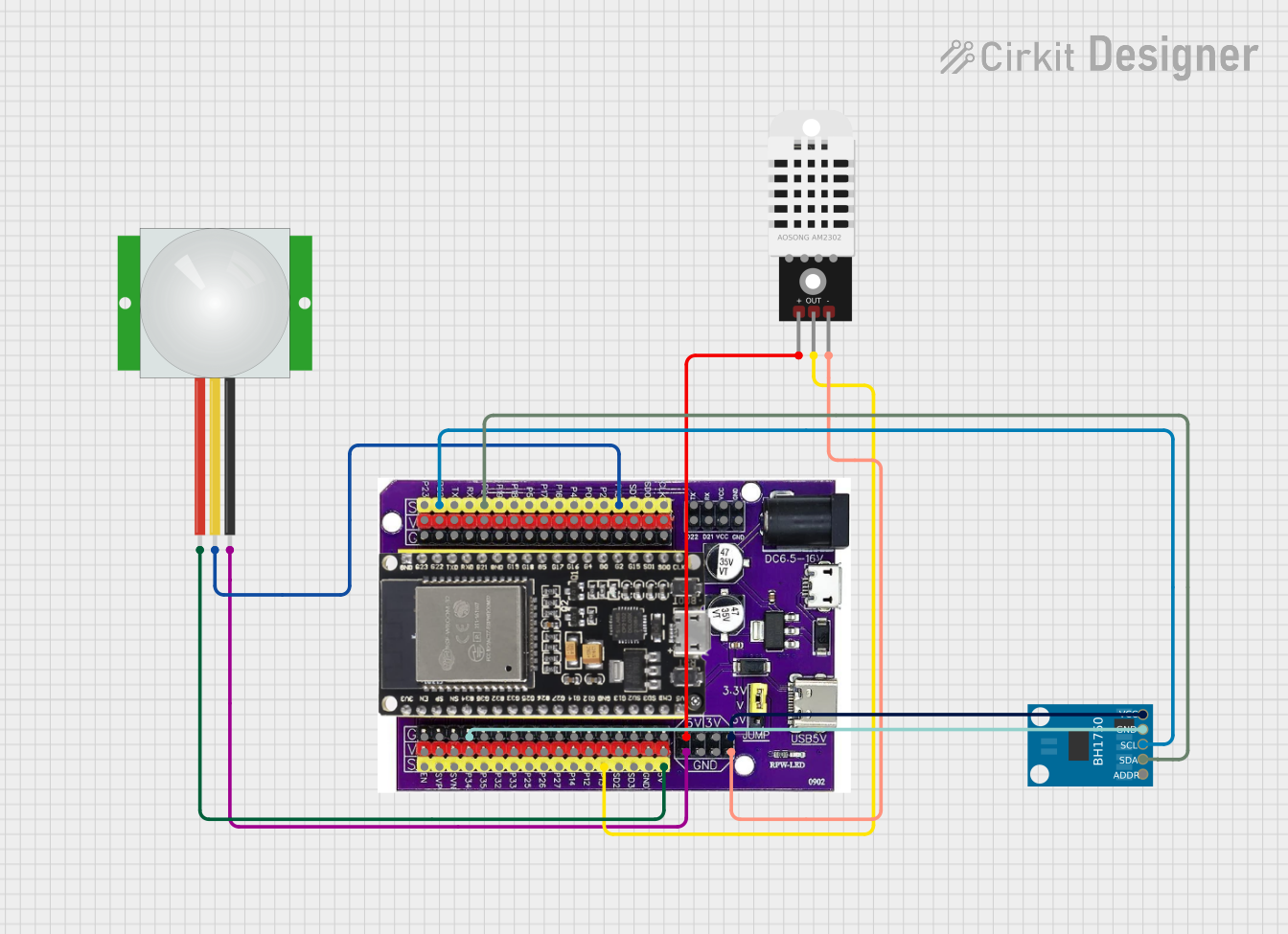
 Open Project in Cirkit Designer
Open Project in Cirkit Designer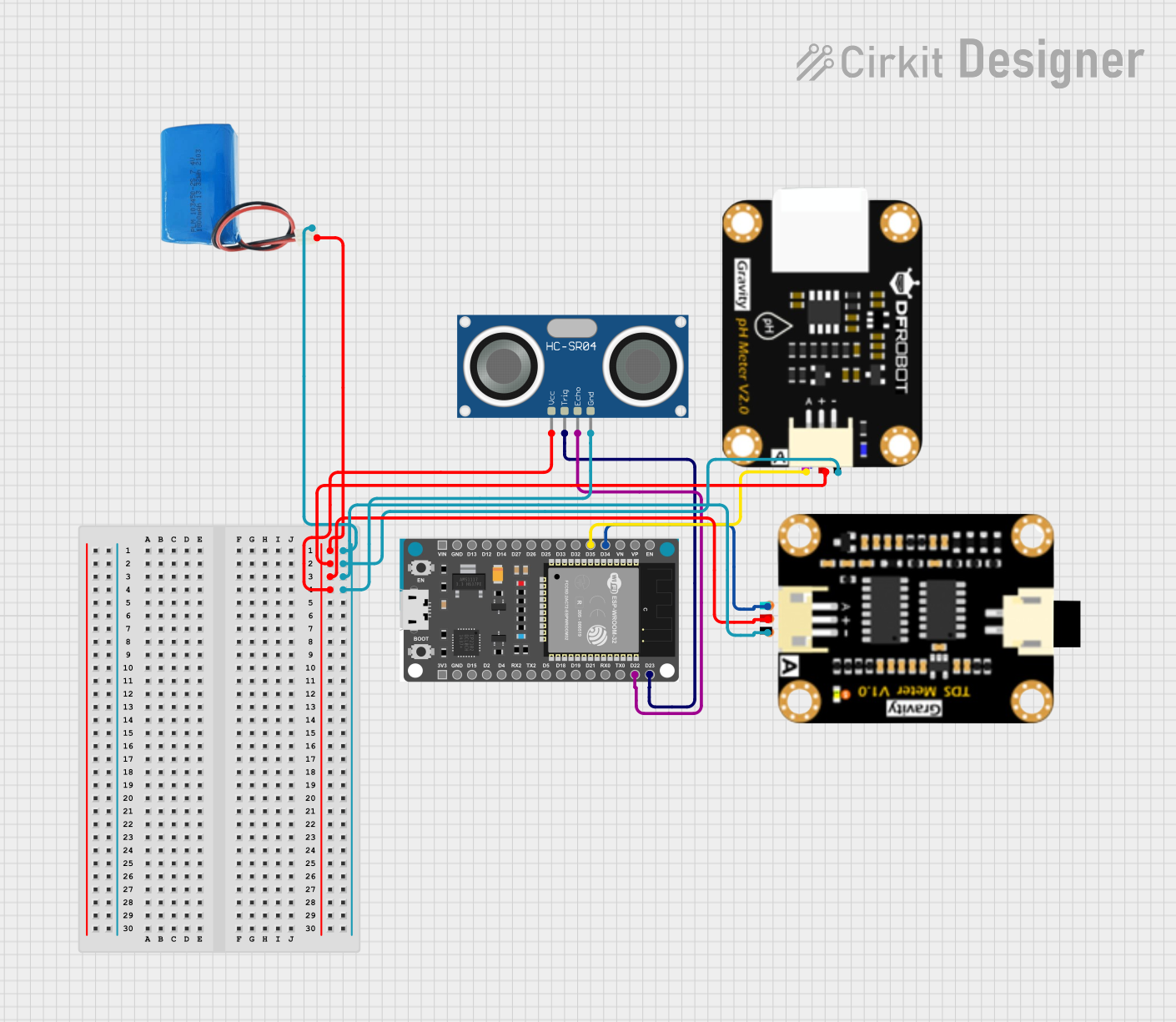
 Open Project in Cirkit Designer
Open Project in Cirkit Designer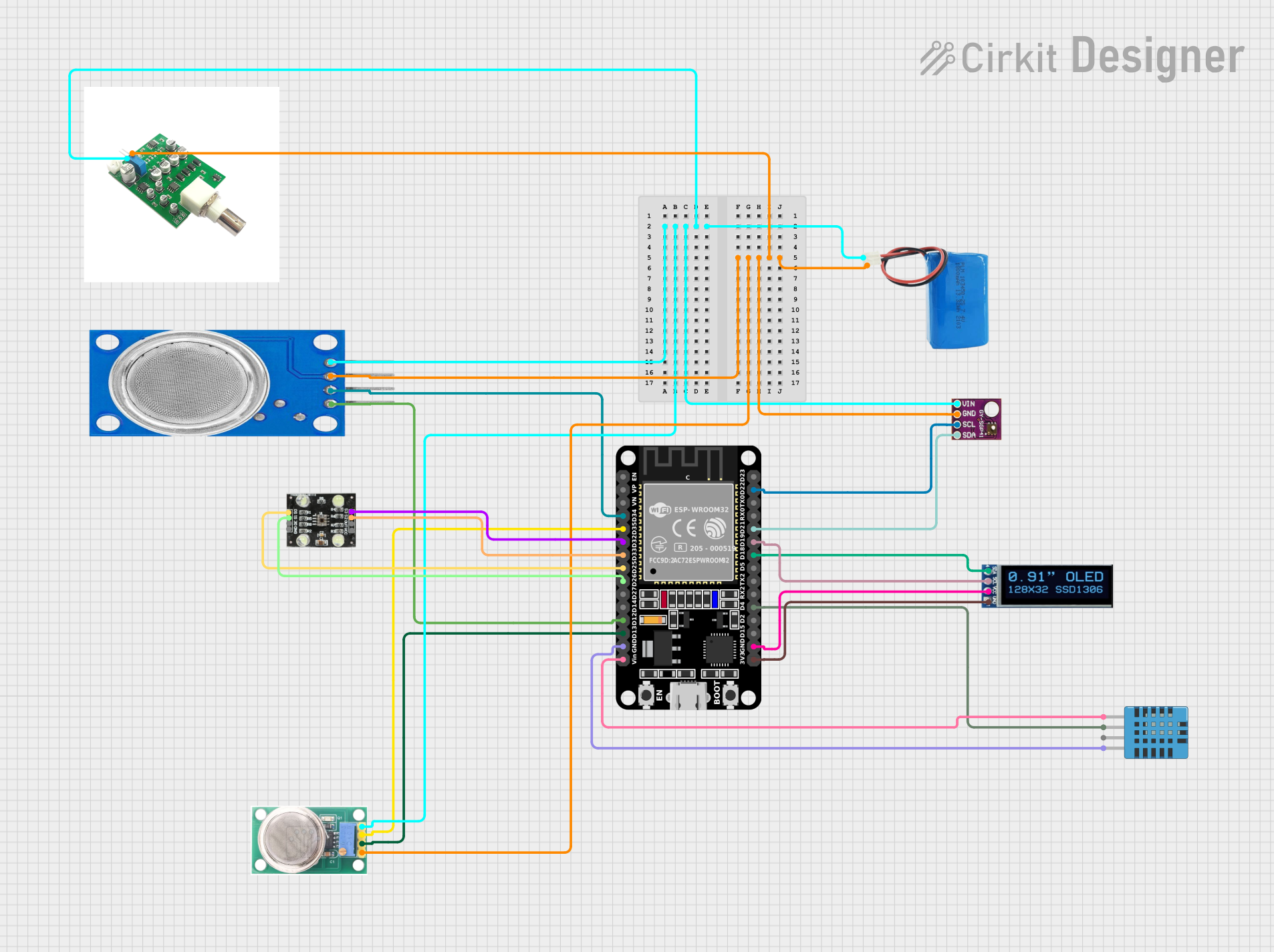
 Open Project in Cirkit Designer
Open Project in Cirkit DesignerExplore Projects Built with Sigen Sensor SP-DH

 Open Project in Cirkit Designer
Open Project in Cirkit Designer
 Open Project in Cirkit Designer
Open Project in Cirkit Designer
 Open Project in Cirkit Designer
Open Project in Cirkit Designer
 Open Project in Cirkit Designer
Open Project in Cirkit DesignerTechnical Specifications
Key Technical Details
| Parameter | Value |
|---|---|
| Supply Voltage | 3.3V to 5.5V |
| Operating Current | 0.3mA |
| Humidity Range | 0% to 100% RH |
| Humidity Accuracy | ±2% RH |
| Response Time | < 5 seconds |
| Interface | I2C |
| Operating Temperature | -40°C to 80°C |
| Storage Temperature | -40°C to 125°C |
Pin Configuration and Descriptions
| Pin Number | Pin Name | Description |
|---|---|---|
| 1 | VCC | Power supply (3.3V to 5.5V) |
| 2 | GND | Ground |
| 3 | SDA | I2C data line |
| 4 | SCL | I2C clock line |
Usage Instructions
How to Use the Component in a Circuit
To use the Sigen Sensor SP-DH in a circuit, follow these steps:
- Power Supply: Connect the VCC pin to a 3.3V or 5V power supply and the GND pin to the ground of your circuit.
- I2C Communication: Connect the SDA pin to the SDA line of your microcontroller and the SCL pin to the SCL line of your microcontroller.
- Pull-up Resistors: Ensure that the I2C lines (SDA and SCL) have pull-up resistors (typically 4.7kΩ) connected to the power supply.
Important Considerations and Best Practices
- Power Supply: Ensure that the power supply voltage is within the specified range (3.3V to 5.5V) to avoid damaging the sensor.
- I2C Address: The default I2C address of the SP-DH sensor is 0x40. Make sure this address does not conflict with other I2C devices on the same bus.
- Environmental Conditions: Avoid exposing the sensor to extreme temperatures or humidity levels beyond its operating range to maintain accuracy and longevity.
Example Code for Arduino UNO
Below is an example code to interface the Sigen Sensor SP-DH with an Arduino UNO using the Wire library for I2C communication:
#include <Wire.h>
#define SP_DH_ADDRESS 0x40 // Default I2C address of SP-DH sensor
void setup() {
Serial.begin(9600); // Initialize serial communication
Wire.begin(); // Initialize I2C communication
}
void loop() {
Wire.beginTransmission(SP_DH_ADDRESS);
Wire.write(0xE5); // Command to read humidity
Wire.endTransmission();
Wire.requestFrom(SP_DH_ADDRESS, 2);
if (Wire.available() == 2) {
uint8_t msb = Wire.read();
uint8_t lsb = Wire.read();
uint16_t rawHumidity = (msb << 8) | lsb;
float humidity = ((125.0 * rawHumidity) / 65536.0) - 6.0;
Serial.print("Humidity: ");
Serial.print(humidity);
Serial.println(" %RH");
}
delay(2000); // Wait for 2 seconds before next reading
}
Troubleshooting and FAQs
Common Issues Users Might Face
No Data from Sensor:
- Solution: Check the I2C connections and ensure that the SDA and SCL lines are properly connected. Verify that the pull-up resistors are in place.
Incorrect Humidity Readings:
- Solution: Ensure that the sensor is not exposed to conditions outside its operating range. Calibrate the sensor if necessary.
I2C Address Conflict:
- Solution: Verify that no other devices on the I2C bus share the same address (0x40). If there is a conflict, consider using an I2C multiplexer.
Solutions and Tips for Troubleshooting
- Check Connections: Ensure all connections are secure and correct.
- Power Supply: Verify that the sensor is receiving the correct voltage.
- Library Compatibility: Ensure that the Wire library is correctly installed and compatible with your Arduino IDE version.
- Environmental Factors: Ensure that the sensor is placed in an environment within its specified operating conditions.
By following this documentation, users can effectively integrate and utilize the Sigen Sensor SP-DH in their projects, ensuring accurate and reliable humidity measurements.